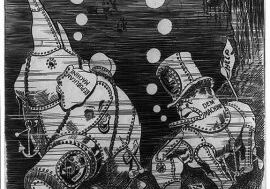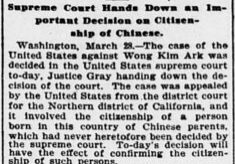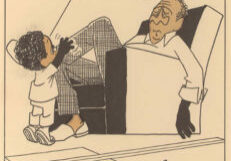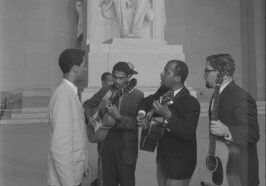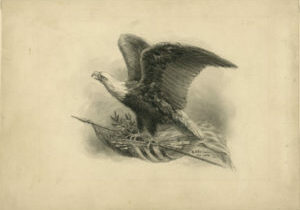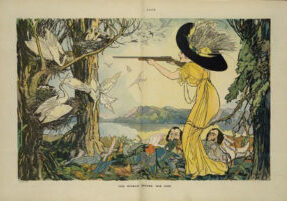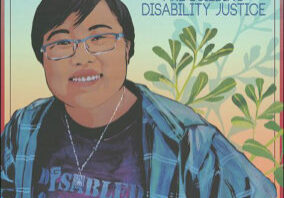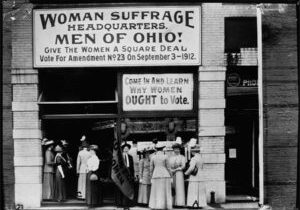Lesson Plans
How Well Do Our Parties Represent Us?
Students analyze primary sources to better understand the two-party political system in the United States through investigation of the manner in which political parties gained and nurtured constituents in the later 19th century and actions they took in the mid-20th century that brought satisfaction/dissatisfaction among constituents. After, students identify one significant reform either in electoral processes or at the party level that could result in greater responsiveness to the will of the people.
What’s the Problem with Patents?
Students analyze 20th-century primary sources to scrutinize patents over time. Next, students are introduced to the subject of bioethics and investigate contemporary biological patents. After, students participate in a debate about the ethics of medical research and patents.
Asian American & Pacific Islander Perspectives & Experiences
Students analyze a map to gain background knowledge of Asian American and Pacific Islander (AAPI) perspectives and experiences and read an historical newspaper article to launch further investigation into ways that AAPI individuals and organizations engaged as civic actors in U.S. history. Next, students consider how art and literature provide windows, mirrors, and sliding doors to AAPI perspectives and experiences. After, students create a digital artifact that reveals how a contemporary AAPI person is engaging civically and contributing to U.S. culture.
The Long Civil Rights Movement
Students analyze primary sources to investigate the long arc of the civil rights movement by examining economic and social conditions and actions that were taken prior to and after the passage of the Civil Rights Act of 1964. After, students interview a local civil rights activist and/or design an action plan to make their community aware of a contemporary civil rights issue.
Champions of Change
Students analyze a variety of primary sources to explore how African American song took root as a means of spreading the message of equality and as a critical part in unifying America in the struggle. After, students investigate the influence of contemporary music and musicians on memorializing the successes of the past and emphasizing the continuing need for equality today.
Making a Mark: Marching & Leaping Towards Reform
Students make connections between protest, reform, and legacy through investigation of the 1963 March on Washington, Martin Luther King Jr.'s “I Have A Dream” speech, the poem "Crossing" by Jericho Brown, and an excerpt of a conversation about leaving a legacy to your country with poet, teacher, and activist Sonia Sanchez. After, students consider civic actions they might take that would support the promise of American democracy.
The Importance of Voting
Students consider the importance of voting as they analyze primary sources and the poem “One Vote” by Aimee Nezhukumatathil. They then learn more about the connection between poetry and the woman suffrage movement. After, students may investigate a contemporary politician or activist advocating for voting rights and present their findings to the class.
How Did Birds Gain Political Protection?
Students analyze a variety of primary sources to investigate the impact turn-of-the-20th-century women’s fashion industry had on migratory birds, grassroots political efforts taken to protect the birds, and subsequent state and national laws. After, students research a contemporary biodiversity issue and create a poster, flyer, or written announcement to inform people and call them to action.
How Disability Activists Created Change
Students analyze primary and secondary sources about 1977 and 1990 Disability Rights Movement protests to identify strategic actions taken by activists, evaluate the level of personal risk or investment needed to participate, and compare them with actions by African-American civil rights activists of that time and earlier, and of social justice activists today.
Tactics in the March to Suffrage
Students examine the tactics supporters of the woman suffrage movement used in their long quest to gain the right to vote through primary source analysis, consider the effectiveness of various social movement strategies, and create their own tactical plan to affect change on an issue relevant to their own lives.

